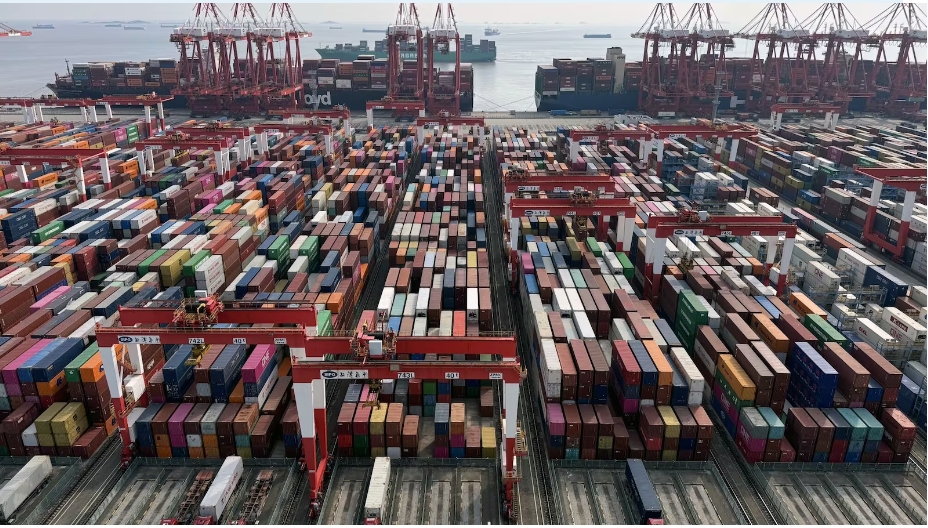
The USDA maintained its forecast for 2023-’24 soybean oil use in biofuel production in its latest World Agricultural Supply and Demand Estimates report, released Sept. 12. The estimate for 2022-’23 soybean oil use in biofuel production was revised up.
The overall 2023-’24 outlook for soybean supply and use is for lower beginning stocks, production, crush, exports and ending stocks.
Lower beginning stocks reflect an increase for exports in 2022-’23. Soybean production is projected at 4.1 billion bushels, down 59 million with higher harvested area offset by a lower yield. Harvested area is raised 100,000 acres from the August forecast. The
soybean yield of 50.1 bushels per acre is down 0.8 bushels from last month. The soybean crush forecast is reduced 10 million bushels and the export forecast is reduced 35 million bushels on lower supplies. Ending stocks are projected at 220 million bushels, down 25 million from last month.
The USDA currently predicts that 12.5 billion pounds of soybean oil will go to biofuel production for 2023-’24, a forecast maintained from the August WASDE. The agency currently estimates soybean oil use for biofuel at 11.8 billion pounds in 2022-’23, up from last month’s estimate of 11.7 billion pounds. Soybean oil use for biofuel production was at 10.379 billion pounds for 2021-’22.
The U.S. season-average soybean price is forecast at $12.90 per bushel, up 20 cents from last month. The soybean meal price is unchanged at $380 per short ton and the soybean oil price is raised 1 cent to 63 cents per pound.
Globally, the forecast for 2023-’24 soybean crush is reduced 1.8 million tons to 327.7 million on lower crush for Argentina, Pakistan, the European Union, Thailand, and the U.S. Argentia’s crush is reduced 1.8 million tons to 34.5 million on lower expected supplies over the next several months prior to next year’s harvest. China’s crush is raised 1 million tons to 96 million in line with higher crush and domestic soybean meal demand in the prior marketing year.
Global soybean exports are reduced 400,000 tons to 168.4 million as lower U.S. exports are partly offset by higher shipments from Brazil and Ukraine. Imports are reduced for Pakistan, Thailand, the EU, and Indonesia. Conversely, China’s imports for 2022-‘23 and 2023-‘24 are increased on higher crush demand and large shipments from Brazil that are expected to continue into the next marketing year. Global soybean ending stocks are reduced 200,000 tons to 119.2 million.







